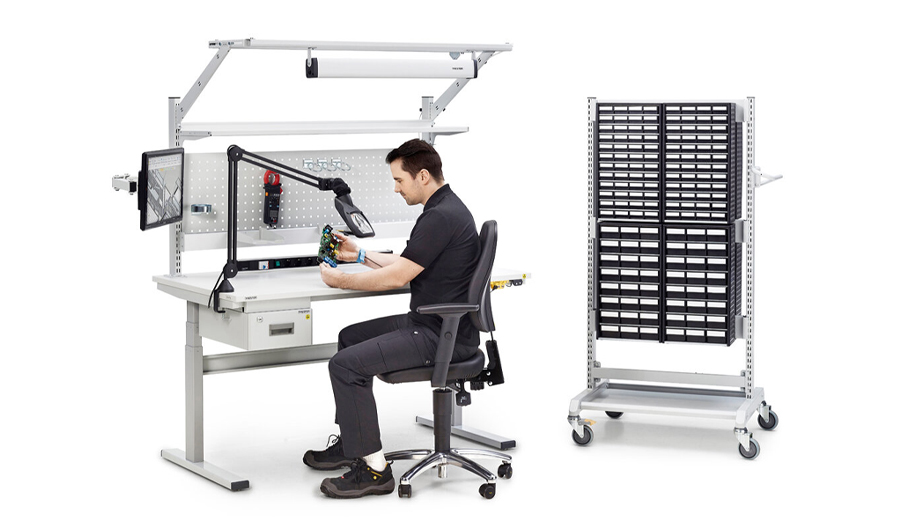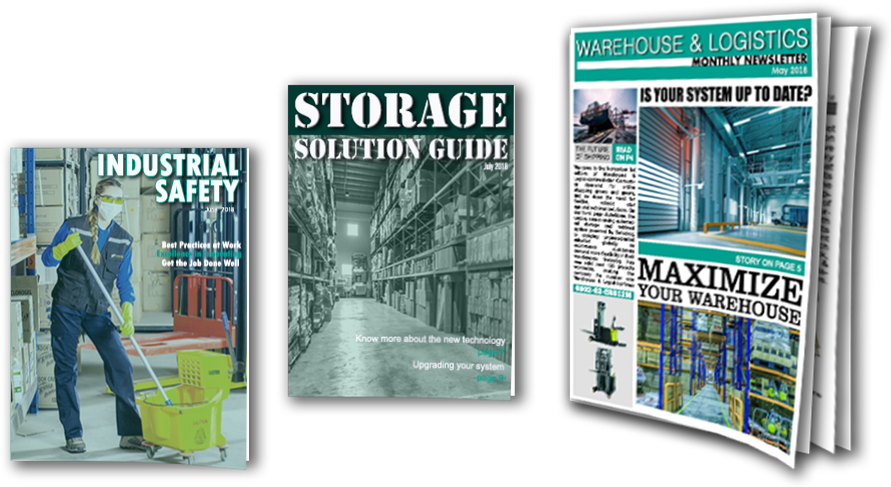
In today’s fast-paced work environments, employee comfort and efficiency are more important than ever. An ergonomic workstation is designed to promote better posture, reduce strain, and enhance productivity, making it an essential investment for any industry. One of the most effective ways to achieve this is by incorporating adjustable height workbenches, which allow employees to work comfortably while minimizing the risk of musculoskeletal disorders.
The Importance of Ergonomics in the Workplace
Ergonomics is the science of designing workplaces that support the natural movements of the human body. Poor workstation setup can lead to fatigue, discomfort, and long-term health issues, ultimately affecting employee performance and morale. Implementing ergonomic workstations can result in:
- Increased Productivity: Comfortable employees are more focused and efficient.
- Reduced Workplace Injuries: Minimizing repetitive strain injuries leads to lower absenteeism.
- Enhanced Employee Satisfaction: A comfortable workspace improves job satisfaction and retention.
- Better Posture and Reduced Fatigue: Adjustable features ensure that employees work in the most natural positions.
Key Features of an Ergonomic Workstation
1. Adjustable Height Workbenches
One of the most significant advancements in workplace ergonomics is the adjustable height workbench. These allow employees to switch between sitting and standing positions, reducing strain and promoting movement throughout the workday. Key benefits include:
- Accommodating workers of different heights.
- Reducing the risk of back and neck pain.
- Encouraging better circulation and overall health.
2. Proper Work Surface and Positioning
A well-designed ergonomic workstation should include:
- A spacious work surface that minimizes unnecessary reaching and stretching.
- Anti-fatigue mats for standing workstations to reduce foot and leg strain.
- Monitor positioning at eye level to prevent neck strain.
3. Integrated Storage and Organization
Clutter can lead to distractions and inefficiencies. Ergonomic workstations often come with modular storage solutions, such as:
- Adjustable shelves and drawers for easy access to tools and materials.
- Cable management systems to keep the workspace tidy.
- Overhead lighting to reduce eye strain and improve visibility.
4. Customizable Accessories for Enhanced Comfort
- Keyboard trays and wrist supports to reduce wrist strain.
- Monitor arms for flexible positioning and reduced neck discomfort.
- Footrests to support proper leg posture.
Industries That Benefit from Ergonomic Workstations
- Manufacturing & Assembly – Reduces strain from repetitive tasks, improving efficiency and reducing workplace injuries.
- Electronics & Precision Engineering – Adjustable workbenches enhance focus and accuracy for delicate assembly work.
- Laboratories & Research Facilities – Ergonomic setups support long hours of precision work.
- Automotive & Mechanical Industries – Flexible workstations improve posture during intensive assembly tasks.
- Warehousing & Logistics – Adjustable-height stations optimize packing and sorting processes for workers of all heights.
Final Thoughts
Investing in ergonomic workstations is a step toward a healthier, more productive workforce. By integrating adjustable height workbenches, customizable storage solutions, and ergonomic accessories, businesses can create a workspace that enhances efficiency while prioritizing employee well-being.
If you’re looking for high-quality ergonomic workstations tailored to your industry’s needs, explore our range of adjustable workbenches designed to optimize comfort and performance.
For expert guidance on selecting the perfect ergonomic workstation, contact us today!


